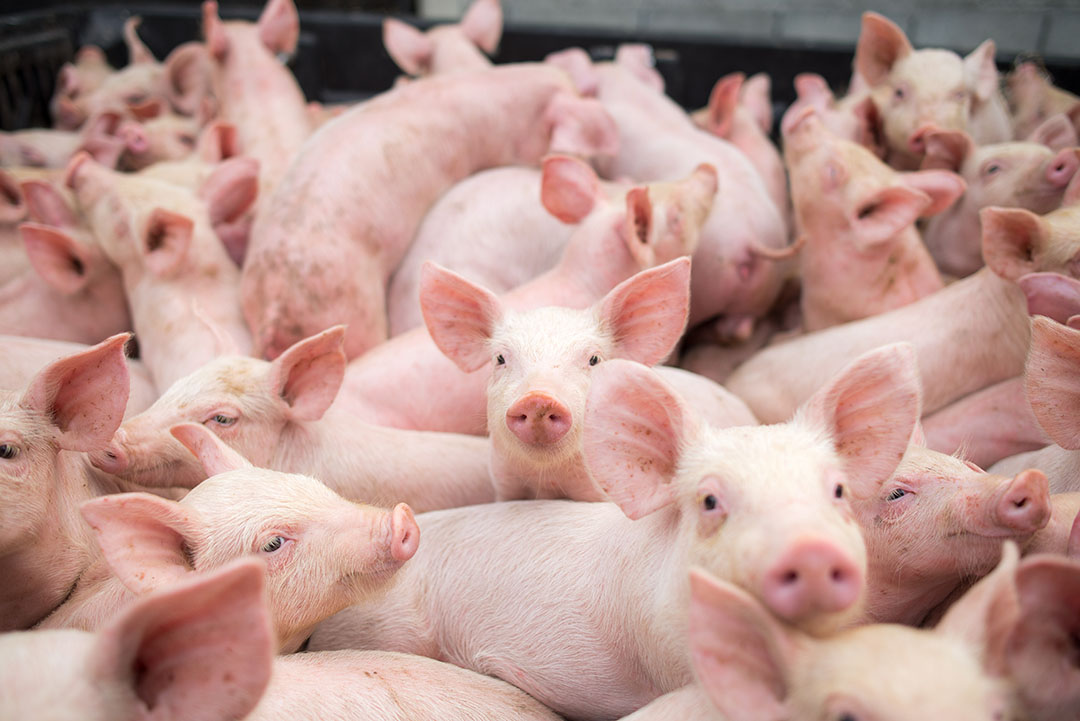Night feeding increases fat deposition of pigs

Fat deposition of pigs fed at night time increases with 7% compared to pigs fed at normal feeding times, according to a study of Rik van Erp PhD student at Wageningen University & Research. Van Erp presented his results at the symposium “Digestion Kinetics in Pigs” on 3 October in Wageningen.
Time of feed intake can be influence by several factors, such as a high stocking density and heat stress. “Small pigs housed in high stocking density will be chased away by dominants pigs, forced to eat on different times. Also pigs experiencing heat stress will have different feeding times,” according to Van Erp. The question of the study was if timing of feed intake matter, will it affect energy metabolism. During the study one group of pigs were fed at normal feeding times during the day and the other group was fed during the night.
Higher energy retention
Results of the study showed that digestibility of dry matter, energy and nitrogen was similar in both groups. However, a metabolic difference was observed. Heat production of the day fed pigs was higher than of the night fed pigs. Resulting in a higher energy retention for the pigs fed at night. Van Erp: “We observed no difference in retention of protein, so all extra energy was stored as fat. The night fed group stored 7% more fat than the group fed at day time.” This extra storage of fat resulted in 1,7 kg more final fat mass and 0,6 mm higher back-fat thickness. Percentage of meat decreased with 1,1% and carcass weight remained unchanged.
Heat production
According to Van Erp the increase in fat deposition can be explained through the lower heat production of these pigs. “Heat production can be divided in heat production related to activity and heat production due to resting metabolic rate(RMR). Looking at the two groups, 60% of the difference between heat production was related to RMR and 40% to activity heat. Indicating that the difference in fat deposition is related to differences in metabolic processes, not only by activity.” Activity heat production during the study in the night fed group could be explained by the activity of pigs during feeding times and because of lights in the morning. However, there was also a activity heat peak at 4pm in the afternoon that the researcher couldn’t explain. “There were no external circumstances at that time that could have an effect on the pigs. It is probably related to the circadian rhythm of ad lib fed pigs.”







